
|
When was the last time you’ve heard the word “slow” as part of a compliment? In this rat-race world, the value of taking it easy is on a constant decline, and in some cases it can even become an insult. We try and get as much done as possible, juggle our tasks, and even then we sometimes feel like we don't have enough time to do what we actually wanted. In the animal world, things are somewhat different. While in many cases, speed is essential to survival, some animals managed to survive and even thrive thanks to their slowness. How can one explain that? Meet the 10 slowest animals that turned their lack of speed into an advantage. |
|
1. Gila Monster - Slow and Cunning |
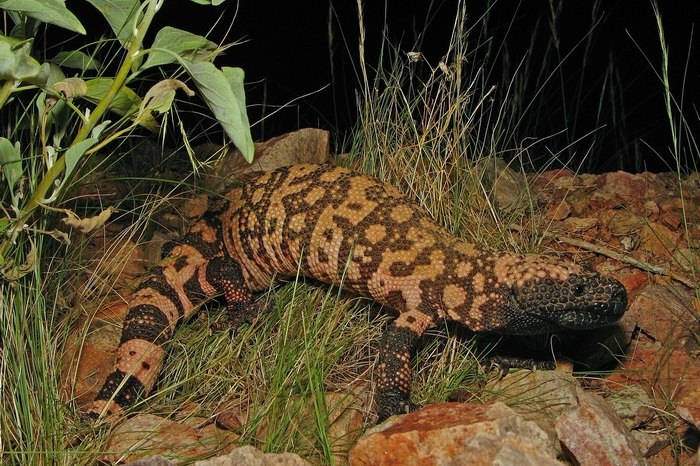 |
|
These lizards are famous for having a tail that looks a lot like their heads, making it harder for predators to know which side to attack. It is also one of few lizard species that is poisonous. The Gila monster’s unique look allows them to walk about without a constant need to search for hiding places, leaving it with more time to spend eating and sleeping. |
|
2. Koala - Eat Less, Sleep More |
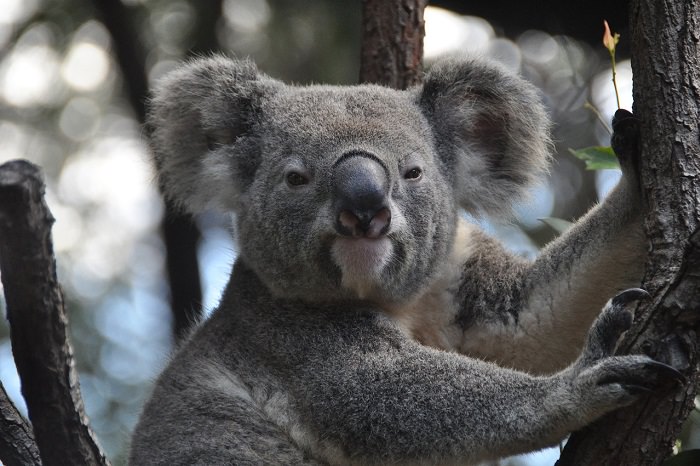 |
|
It may surprise you to learn that koalas are not part of the bear family, but rather they are marsupials that spend most of their time at the tops of trees. These animals can sleep for 18 hours a day thanks to their amazing ability to get all the water they need from the eucalyptus leaves they eat. The koalas’ drinking habits are said to be the source of their names, whereby in the local indigenous language, 'koala' meant “no drink”. |
|
3. American Woodcock - A Patient Hunter |
 |
|
While most birds use their speed to hunt or escape predators, the American Woodcock surprisingly makes it to this list. They are considered to be the slowest birds in the world, so how did they manage to survive? Since the woodcock would never be the “early bird”, it doesn’t wait for the worm to come out. Instead, these birds locate their prey in its underground hideouts and pull them out with their long beaks. |
|
4. Manatee - Nature's Pacifist |
 |
|
Colloquially known as “Sea Cows”, manatees are marine mammals that mainly inhabit shallow water in Africa and America. Their main source of food is aquatic plants (such as seaweeds and kelp), and can weigh as much as 59kg (130lb). These animals are not territorial, which saves them time and energy, and they only travel to find food. These swimmers are so voracious that they can easily consume as much as a 10th of their weight in just 24 hours. |
|
5. Giant Tortoise - Pathmakers |
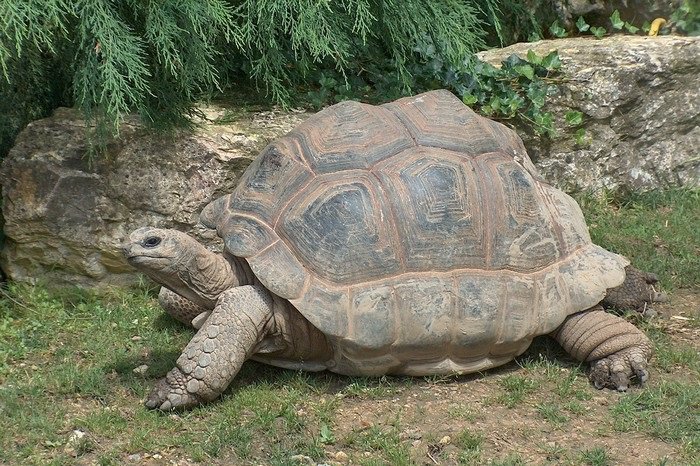 |
|
These reptiles can live for over 100 years, weigh as much as 551lb (250kg), and do it at a pace of 0.17 miles per hour (0.27kmh). Their long necks help them reach low-hanging leaves and bushes, and they spend most of their time searching for food. The large quantities of food they consume means that they constantly need to search for new sources of food, and the paths they leave in their wake become animal passes. |
|
6. Slow Loris - Strong and Agile |
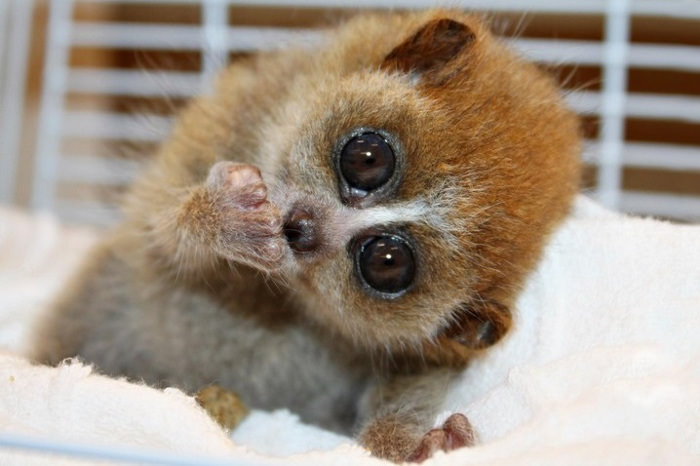 |
|
The slow loris is a small, furry mammal with large, bulging eyes that resembles a monkey or a lemur. But unlike monkies, the slow loris, as its name suggests, is an incredible species. Since it cannot rely on its speed to escape predators, the loris secretes powerful toxins to deter them. They are particularly flexible thanks to an extra vertebrae in their spine, which allows them to move easily between branches. Additionally, they possess powerful fingers that allow them to maintain their grip on branches for long periods of time. |
|
7. Sloth - Rest and Camouflage |
 |
|
These animals carry their name with pride. The sloth’s name comes from their habit of hanging from tall branches for hours on end, and their movement speed – a slow 1.2 inches per second (3cm). To protect themselves from predators, sloths often develop algae on their fur, leaving green and brown hues on their coat. This provides them with a superior form of camouflage. |
|
8. Starfish - Smart Feeders |
 |
|
The starfish can travel at a rate of one inch per second (2.6cm)! To move, these creatures use thousands of small suction cups along their belly and tentacles, which requires a lot of energy. Since they are so slow, finding food can be a problem – that’s why the starfish’s mouth is on its belly, allowing it to eat whenever there is food available. |
|
9. Snail - Stays at Home |
 |
|
With a speed of half an inch per second, snails manage to survive, and even thrive in urban environments. To protect themselves from predators, snails retract into their shells. The shell also helps snails survive harsh temperatures – the snail would secrete a mucus that hardens and seals the opening of the shell, thus conserving heat and moisture. |
|
10. Sea Horse - Lets the World Come to It |
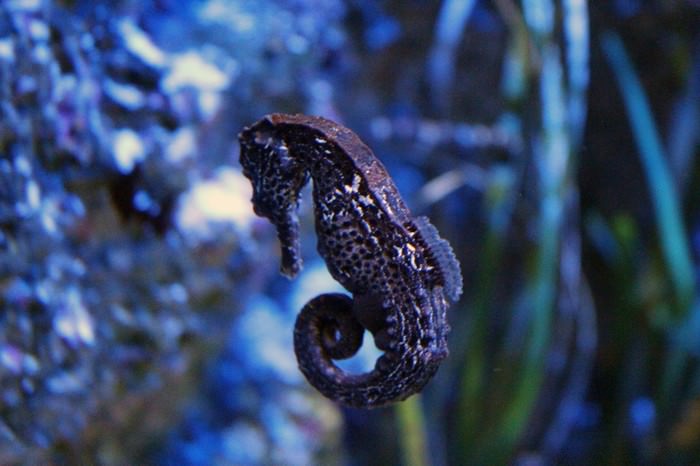 |
|
Believe it or not, the sea horse is the slowest animal on this list. While cartoons depict them as horses of the sea, these tiny fish are actually capable of moving at a pace of 0.15 inches per second. Their body structure is not particularly adapted for swimming, but rather to stabilize them and help them avoid being taken by currents. Since they’re not very good swimmers, the seahorse uses its tail to grab onto plants and corals, and eats tiny worms and other mollusks that come to feed on plants. |